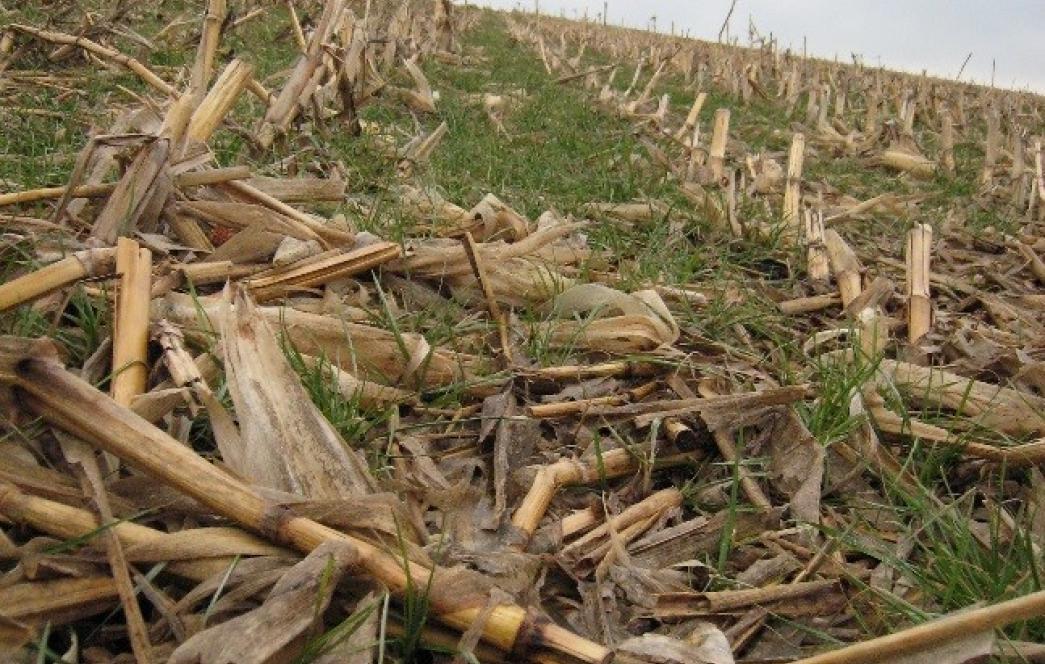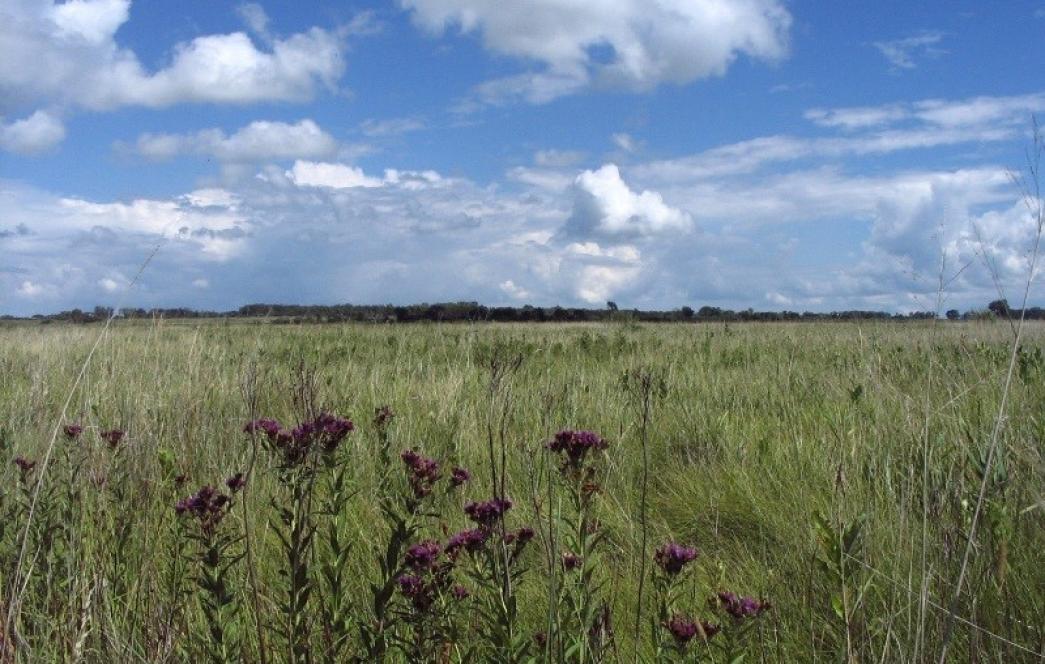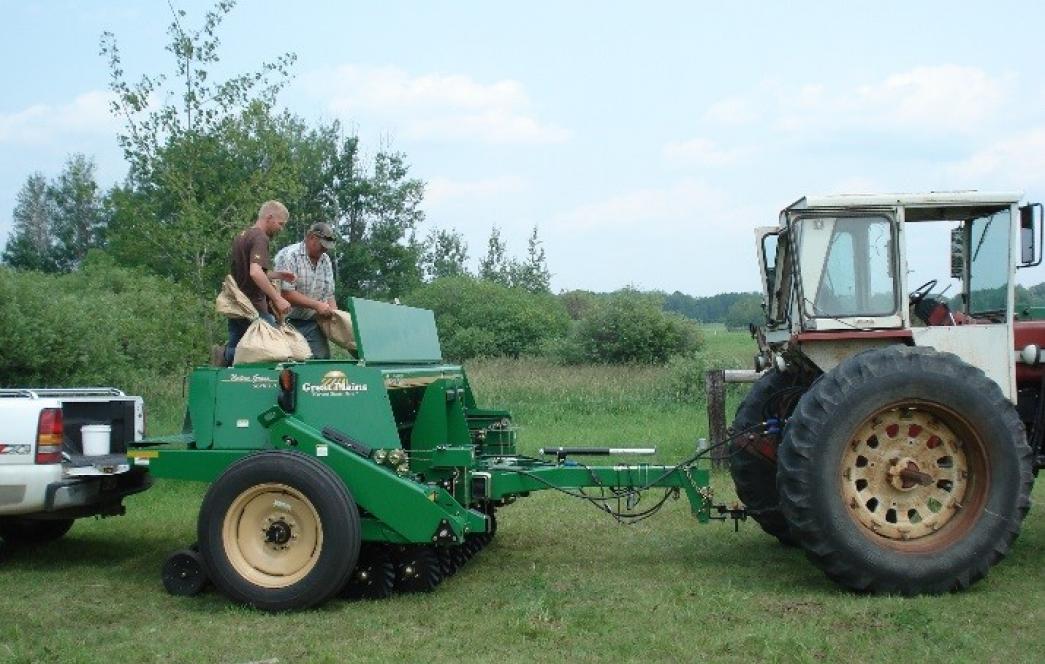
Sustainable Conservation Practices for Healthier Water and Soil – A Farmer-Led Approach
Research and experience have both shown that upland conservation practices are capable of increasing water quality and soil health. Even more of note, when used in the right place, right time, and with the right management, conservation practices can also be environmentally, economically, and socially sustainable. However, the question of why we don’t see more of these sustainable conservation practices on the landscape still remains. How can we increase adoption of sustainable conservation practices in order to see an increase in Minnesota’s water and soil quality? The staff at Faribault County Soil & Water Conservation District may have discovered the key: a farmer-led approach for education, outreach, and implementation.

The Minnesota Wetland Bank: A National Success
Wetlands are protected by federal, state and sometimes local laws and regulations. In Minnesota, the primary state wetland protection law is the Wetland Conservation Act (WCA). WCA was passed by the legislature in 1991 to protect wetlands and the benefits they provide, part of the legislature’s larger goal of achieving no-net-loss of wetland quantity, quality, and biological diversity. It is one of the most comprehensive wetland protection laws in the country, administered by the Board of Water and Soil Resources (BWSR) and implemented by local governments statewide.

Healthy Soil is a Benefit to Everyone
Soil health is a topic that has generated a lot of discussion over the past several years. Most of the time it refers to cover crops, alternative crops, and tillage practices that are designed to provide water storage capacity, increase organic matter in soil, and reduce wind and water erosion. Environmental benefits are only one side of the coin, however, the flip side is the economic and sustainability benefits that soil health practices provide to landowners.
